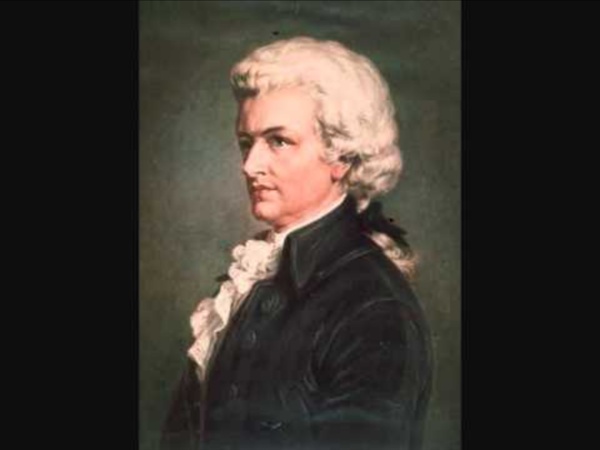



Sonata Sonata (/səˈnɑːtə/; Italian: [soˈnaːta], pl. sonate; from Latin and Italian: sonare, "to sound"), in music, literally means a piece played as opposed to a cantata (Latin and Italian cantare, "to sing"), a piece sung. The term, being vague, evolved through the history of music, designating a variety of forms until the Classical era, when it took on increasing importance, and by the early 19th century came to represent a principle of composing large scale works. It was applied to most instrumental genres and regarded—alongside the fugue—as one of two fundamental methods of organizing, interpreting and analyzing concert music. Though the musical style of sonatas has changed since the Classical era, most 20th- and 21st-century sonatas still maintain the same structure. Usage of sonata[edit] The term sonatina, literally "small sonata", is often used for a short or technically easy sonata. Instrumentation[edit] Brief history of the usage of sonata[edit] The Baroque sonata[edit]
SUMMARY OF WESTERN CLASSICAL MUSIC HISTORY SUMMARY OF WESTERN CLASSICAL MUSIC HISTORY by Marlon Feld The following is an outline of the history of Western classical music. Although "Western" and "classical" are inexact terms, they do name a reasonably coherent musical tradition that stretches from the Dark Ages to the present day. The descriptive texts will not delve deeply into matters of musical meaning or technique; the purpose of the outline is to give you a basic working familiarity with different periods and styles. Medieval History (Plainchant through Machaut) Western classical music history is traditionally understood as beginning with plainchant (also called "Gregorian" chant), the vocal religious practice of the Roman Catholic Church. LISTEN: Plainchant: Alleluia pascha nostrum (before 800) [Text] The earliest major repertory of Western secular (non-religious) music which has come down to us is that of the troubadors and trouveres, French poet-musicians of the Middle Ages who set their own poems to music. LISTEN: J.
Music and the Counter-Reformation The early decades of the 16th century were fateful ones for the Roman Catholic Church. With the threat of Lutheranism in and , the success of Calvinism in , and the formation of in independent Church of England with King Henry VIII as its head, Catholic officials realized that a reform of their church was timely and necessary. After much delay, the council which aimed at a “cleansing” of the Catholic Church finally met in December, 1545, at , an imperial city beyond the Italian frontier in the . Among the many reforms which resulted from the decrees of the Council of Trent were concerned with the use of music in worship. Although discussions on church music made up only a small portion of the work of the Council of Trent, the fact that it dealt with music at all demonstrates its importance in church life. Another problem addressed by the Council of Trent was the inappropriate manner in which some of the cathedral Canons chanted the Divine Office. Patrick May December 6, 2010